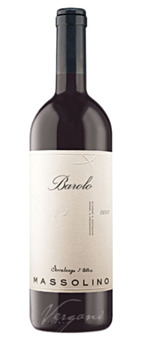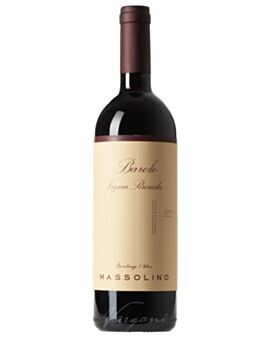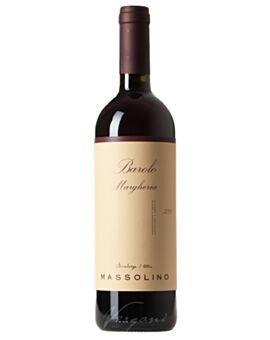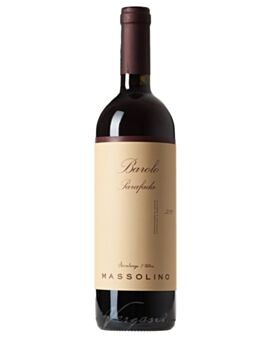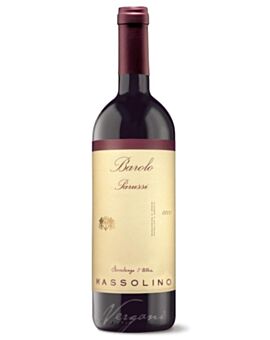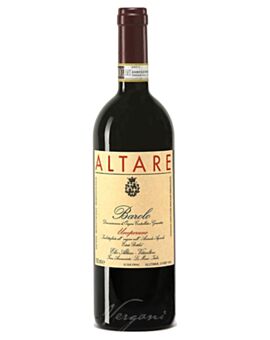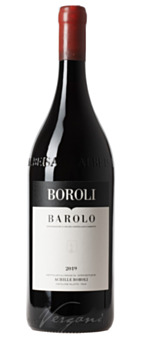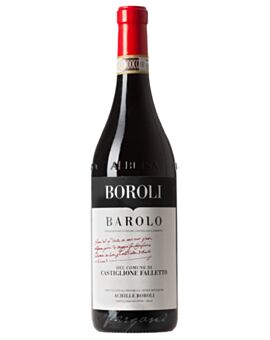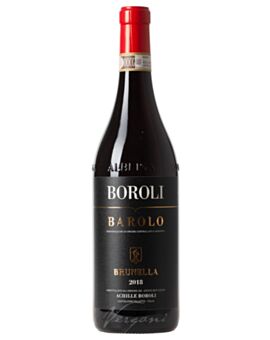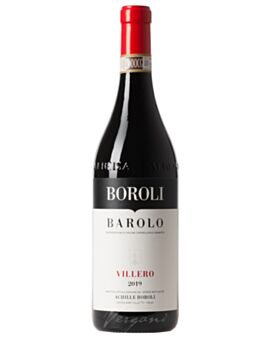Barolo DOCG
Barolo
Lorenzo Fantini wrote in 1879: If Nebbiolo is the prince among grape varieties, then Barolo is the king of wines. This honorable title has stuck to the great wine from the Nebbiolo grape in the small growing area southwest of the truffle town of Alba in Piedmont to this day.
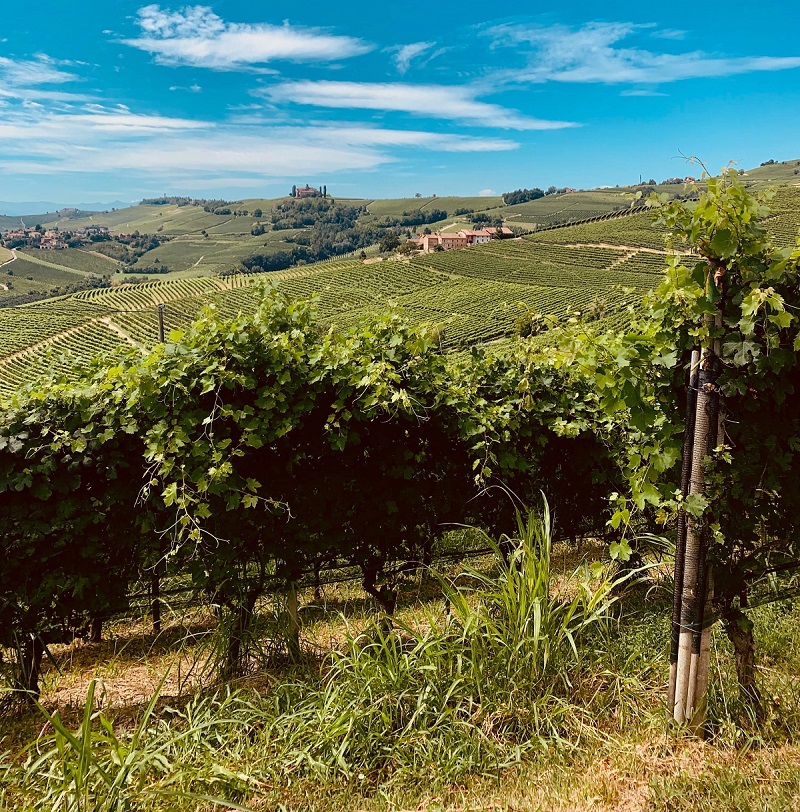
From Italy, or more precisely from Piedmont, comes one of the most important wines in the world. Barolo DOCG is one of the great single-varietal wines of the world. Since time immemorial, the Nebbiolo grape has been grown here. But it was not until the mid-19th century that noble families from the House of Savoy realized that the best Nebbiolo grape grew in the region now designated as the Barolo area. However, it takes far more than just the right type of grape to make a truly royal red wine. Care and skill are required, as well as a large portion of luck and - above all - patience. Barolo is a wine that uniquely reflects its vintage and needs a lot of time, its hard tannins make it inaccessible when young, it needs time. Sometimes 20 or 30 years.
With patience, the noble DOCG red wine from Nebbiolo (Nebbia Italian for fog) transforms with age from the typical garnet red to delicate brick red, a wine with fine tannins and an imposing complexity of flavors with powerful body structure. But its connoisseurs also need patience, the red wine from Piedmont is a difficult wine, not immediately nor easily accessible. People who drink it for the first time often perceive it as rough, thin, bitter and slightly acidic. But it should also be mentioned that many "beginners" often drink this wine much too young.
In 1980 Barolo received DOCG status, the highest quality designation in Italy. This marked the beginning of a breathtaking triumphal procession in Italy, Europe and the whole world. In the following decades, the wine from the Langhe region of Piedmont collected countless medals and awards around the world, in just 20 years, production increased tenfold and prices rose to dizzying heights in some cases. Wine critics such as Antonio Galloni, James Suckling and Robert Parker showered him with top scores. Many winemakers from Italy became world famous through it: Elio Altare, Elio Grasso, Giacomo Conterno, Aldo Conterno and also the Barbarescoking Angelo Gaja.
Barolo became a classic, a cult wine. And classics always find their fan base, regardless of price. Current attempts to make Barolo more accessible, even in its youth, with modern cellar technology are exciting. With mash heating, shorter maceration times and barrique aging is tried to shorten the storage time. The sense of such measures is hotly debated in the Piedmont region and throughout Italy. The final chapter of its history has certainly not yet been written. One thing is certain: the wines from the DOCG Barolo are always good for a surprise when it comes to exceptional quality.


